Genetically Modified Feed: A Closer Look at Its Role in Animal Nutrition and Global Markets
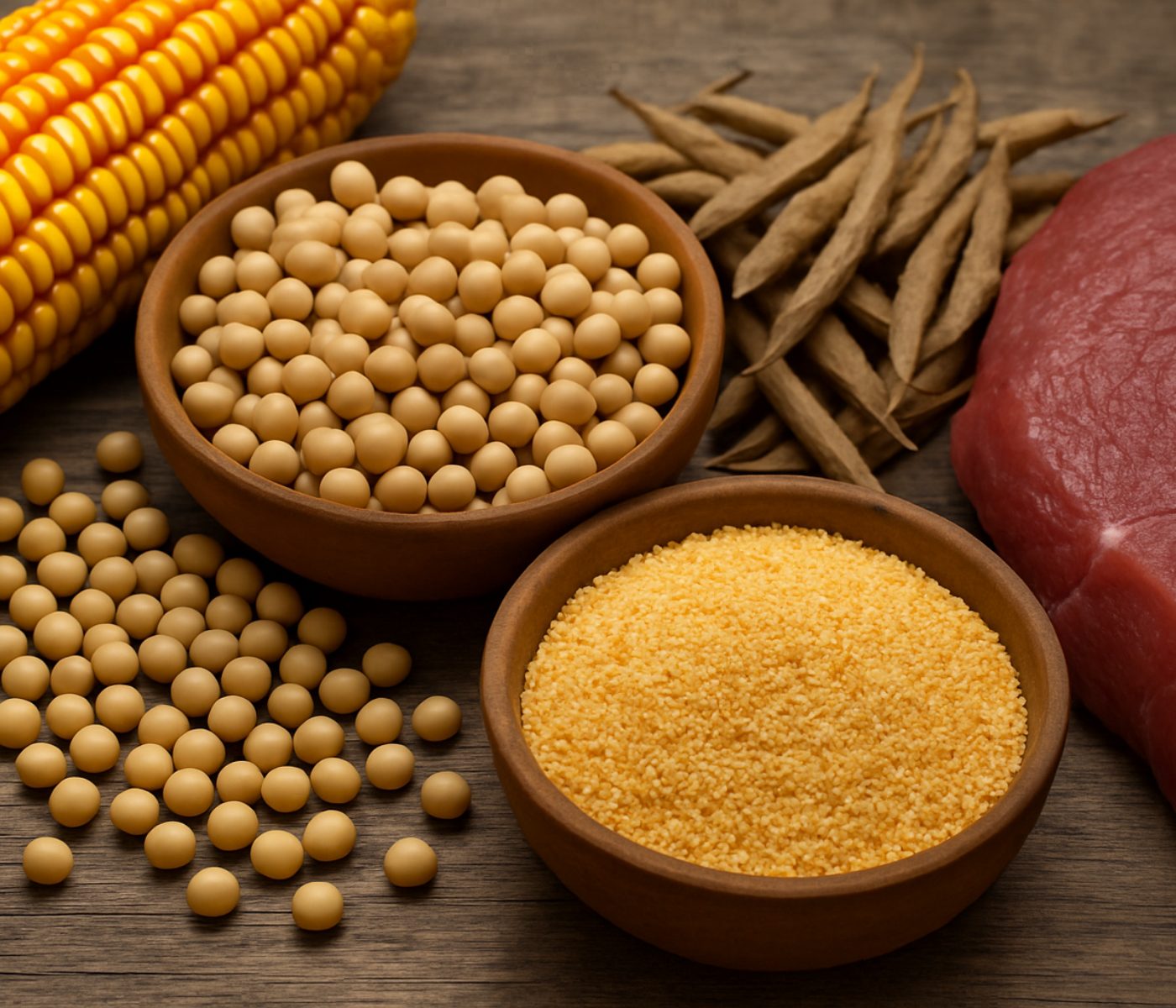 17 Apr 2025
17 Apr 2025
Genetically Modified Feed: A Closer Look at Its Role in Animal Nutrition and Global Markets
Genetically Modified (GM) ingredients have become a staple in animal feed worldwide, but debates over their long-term effects on human health, animal welfare, and international trade still generate controversy. Despite widespread scientific endorsement of GM safety, public skepticism and policy differences continue to influence how GM and non-GM ingredients are used in livestock diets.

This article revisits the topic by examining the current state of GM crop use in animal nutrition, its implications for animal and human health, and how different regions are responding to evolving consumer expectations.
GM vs. Non-GM Feed Ingredients: What’s the difference?
![]() GM ingredients are derived from crops whose DNA has been altered to enhance traits such as pest resistance, drought tolerance, and yield. Common GM feed ingredients include soymeal, corn, canola, and cottonseed meal.
GM ingredients are derived from crops whose DNA has been altered to enhance traits such as pest resistance, drought tolerance, and yield. Common GM feed ingredients include soymeal, corn, canola, and cottonseed meal.
![]() Non-GM feed is produced from conventionally bred crops without genetic modification. These are often associated with organic or identity-preserved (IP) production systems.
Non-GM feed is produced from conventionally bred crops without genetic modification. These are often associated with organic or identity-preserved (IP) production systems.
Global adoption and market dynamics
2023 Global GM Crop Data:
![]() 78% of soybeans
78% of soybeans
![]() 32% of corn
32% of corn
![]() 30% of canola (Sources: ISAAA, FAO)
30% of canola (Sources: ISAAA, FAO)
Adoption rates by region:
![]() USA: Over 90% of animal feed contains GM ingredients.
USA: Over 90% of animal feed contains GM ingredients.
![]() European Union: Enforces strict labeling laws; some countries restrict GM feed imports.
European Union: Enforces strict labeling laws; some countries restrict GM feed imports.
![]() China: A major importer of GM soy, but cautious about local GM crop development.
China: A major importer of GM soy, but cautious about local GM crop development.
![]() India: Permits GM cotton, while food crop approvals remain under debate.
India: Permits GM cotton, while food crop approvals remain under debate.
Animal Health and Performance
![]() Studies show no significant differences in growth, reproduction, or general health between livestock fed GM vs. non-GM diets.
Studies show no significant differences in growth, reproduction, or general health between livestock fed GM vs. non-GM diets.
![]() Some findings suggest minor changes in gut microbiota, though these are not considered harmful.
Some findings suggest minor changes in gut microbiota, though these are not considered harmful.
![]() Economic benefit: GM feed is often more cost-effective due to reduced pesticide use and higher yields.
Economic benefit: GM feed is often more cost-effective due to reduced pesticide use and higher yields.
![]() Human Health
Human Health
![]() Key concerns: Allergenicity, toxicity, antibiotic resistance, and nutritional changes.
Key concerns: Allergenicity, toxicity, antibiotic resistance, and nutritional changes.
![]() Regulatory agencies such as the FDA, EFSA, and WHO have deemed approved GM crops safe for consumption.
Regulatory agencies such as the FDA, EFSA, and WHO have deemed approved GM crops safe for consumption.
![]() A 2016 report by the National Academy of Sciences reviewed over 900 studies and found no evidence of health risks associated with GM-fed animal products.
A 2016 report by the National Academy of Sciences reviewed over 900 studies and found no evidence of health risks associated with GM-fed animal products.
Environmental and Ethical Considerations
Monoculture farming linked to GM crop production may reduce biodiversity.
GM crops designed for herbicide resistance can lead to increased use of glyphosate, raising concerns about soil and water quality.
Labeling transparency varies by country:
![]() Mandatory in the EU, Japan, and others.
Mandatory in the EU, Japan, and others.
![]() Voluntary in the USA.
Voluntary in the USA.
Consumer Perception and Market Trends
![]() Organic, non-GM meat, dairy, and eggs often command premium prices.
Organic, non-GM meat, dairy, and eggs often command premium prices.
![]() Multinational brands like Nestlé and Danone have adopted non-GM labeling in select product lines.
Multinational brands like Nestlé and Danone have adopted non-GM labeling in select product lines.
![]() Consumer-driven trends are fueling growth in identity-preserved and specialty feed markets, especially in high-income regions.
Consumer-driven trends are fueling growth in identity-preserved and specialty feed markets, especially in high-income regions.
What Lies Ahead
The future of GM feed will depend on a balance between innovation, regulation, and consumer trust. As biotechnology evolves, feed ingredients may become even more aligned with sustainability goals, such as water conservation and climate resilience.
Key takeaway: For producers, staying competitive means understanding not just the cost-benefit equation of GM feed, but also the global regulatory landscape and shifting consumer demands.
Source: Adapted from original article published in aviNews International
Subscribe now to the technical magazine of animal nutrition
AUTHORS
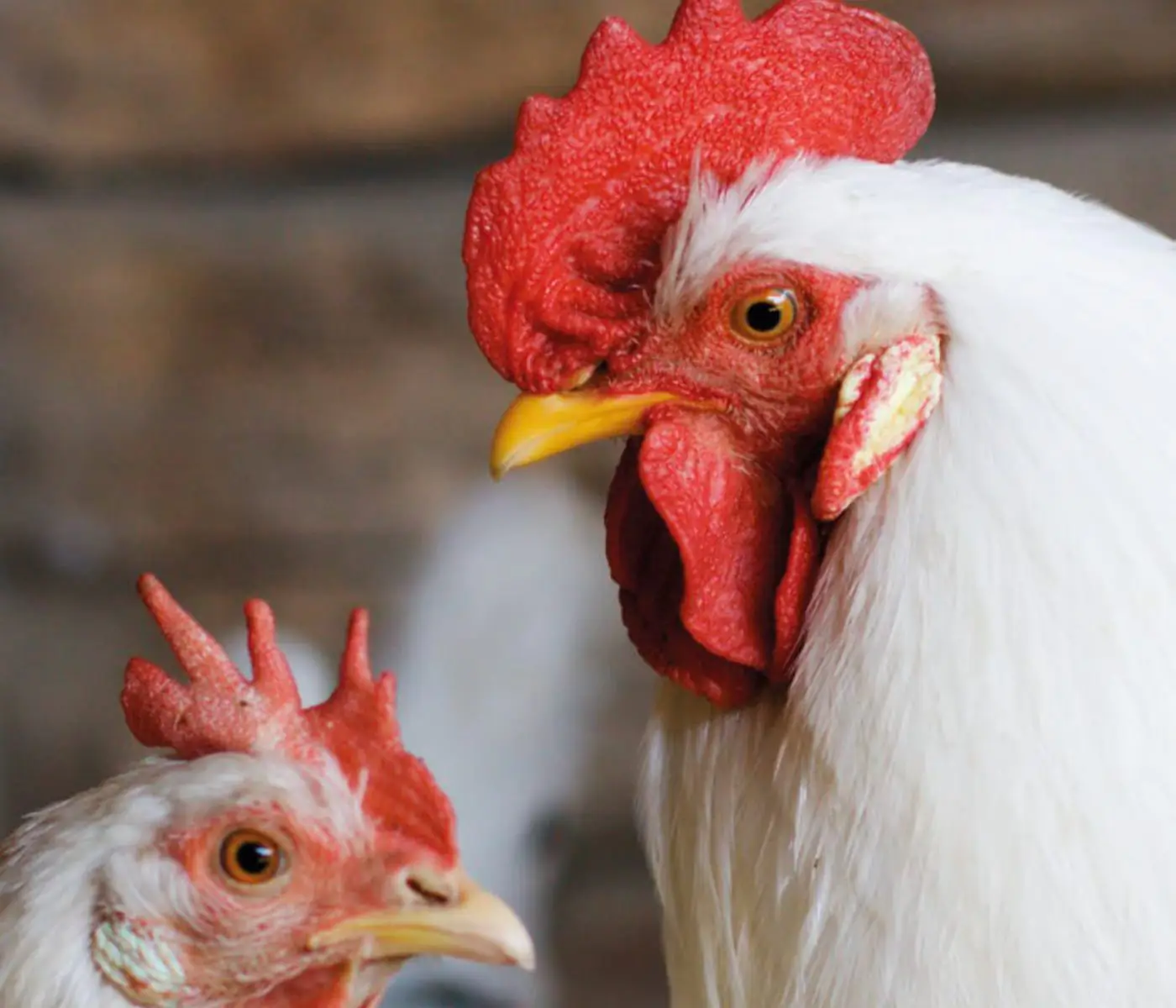
Nutritional Interventions to Improve Fertility in Male Broiler Breeders
Edgar Oviedo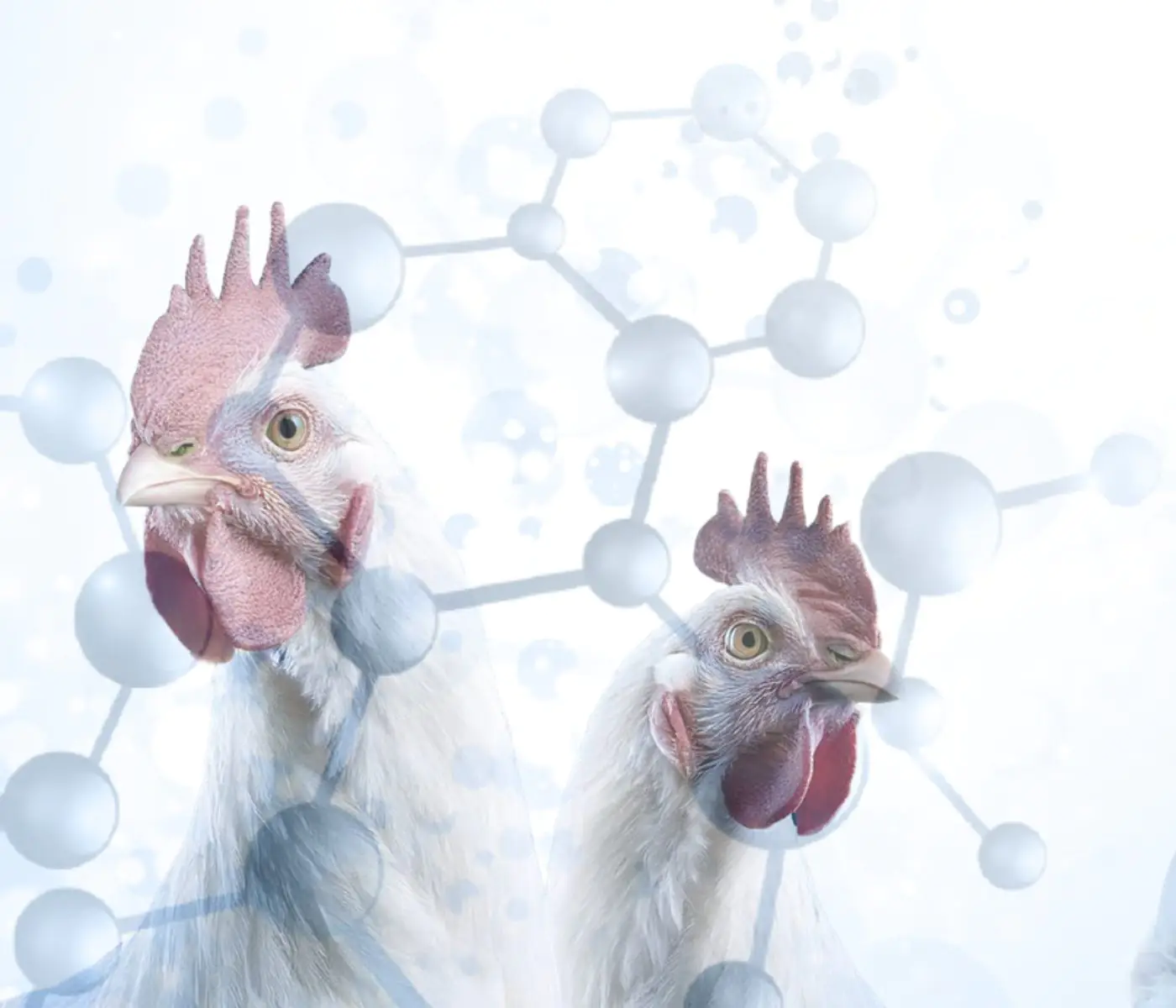
The Use of Organic Acids in Poultry: A Natural Path to Health and Productivity
M. Naeem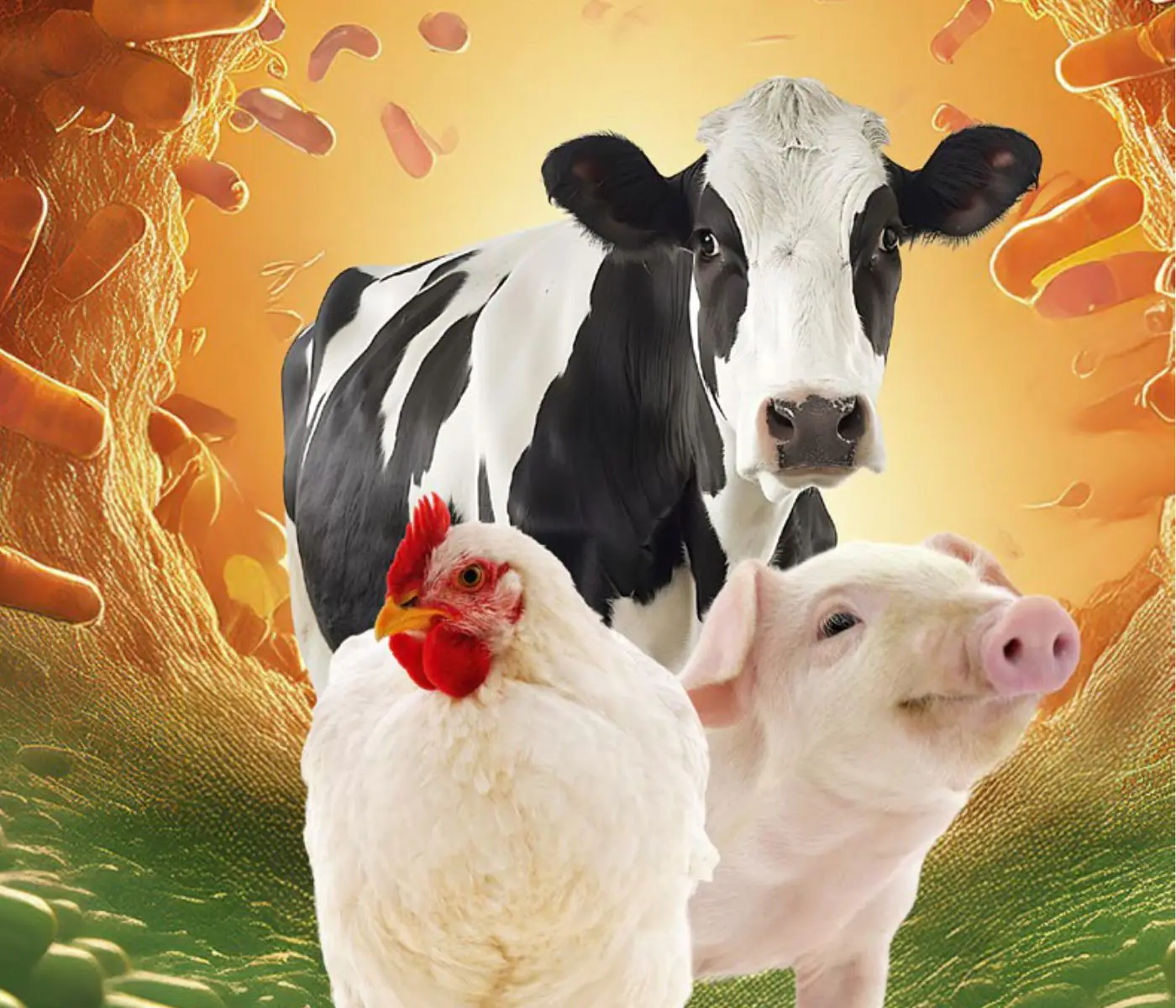
Synergistic Benefits of Prebiotics and Probiotics in Poultry, Swine, and Cattle
Gustavo Adolfo Quintana-Ospina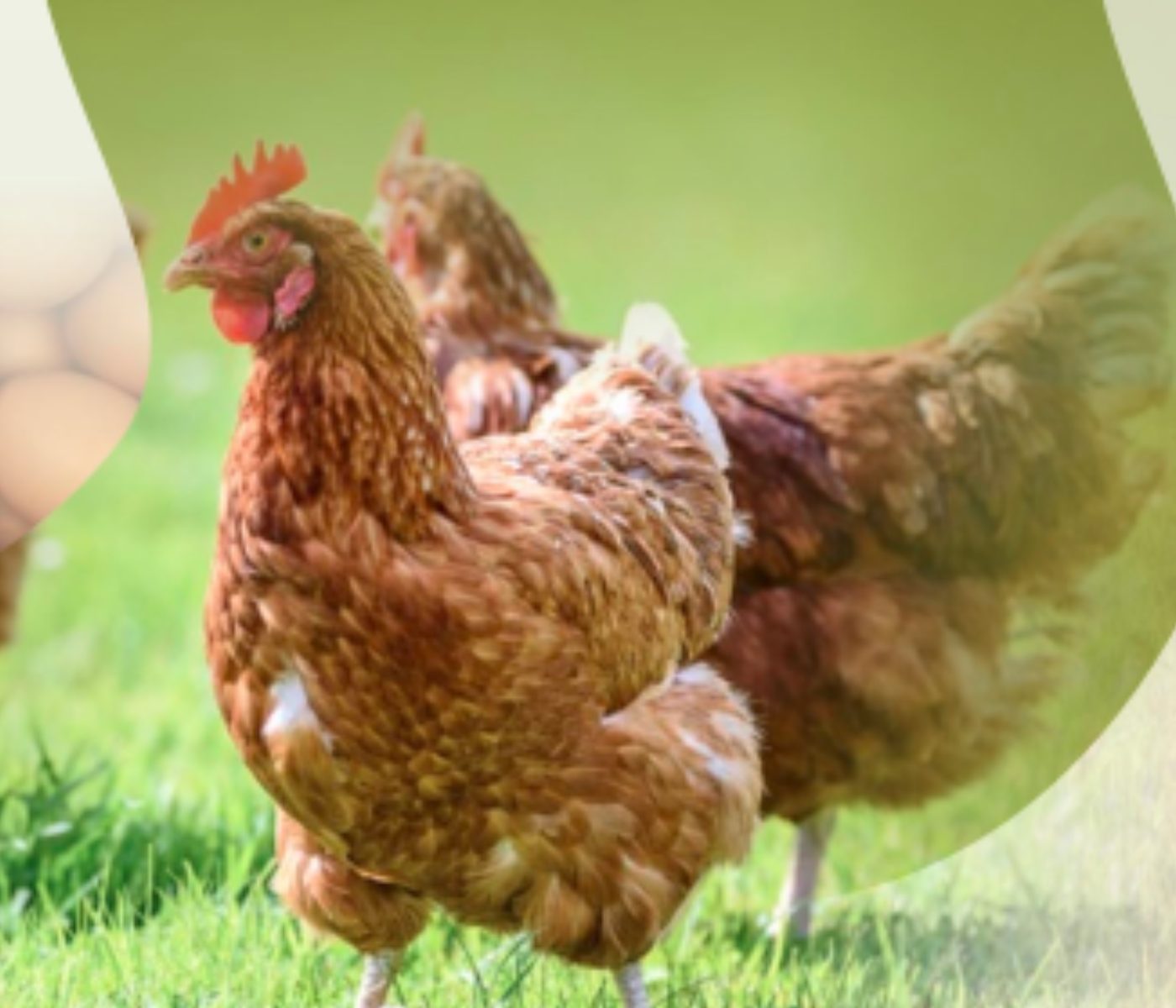
Hybrid Rye Potential in Laying Hen Feed Rations
Gwendolyn Jones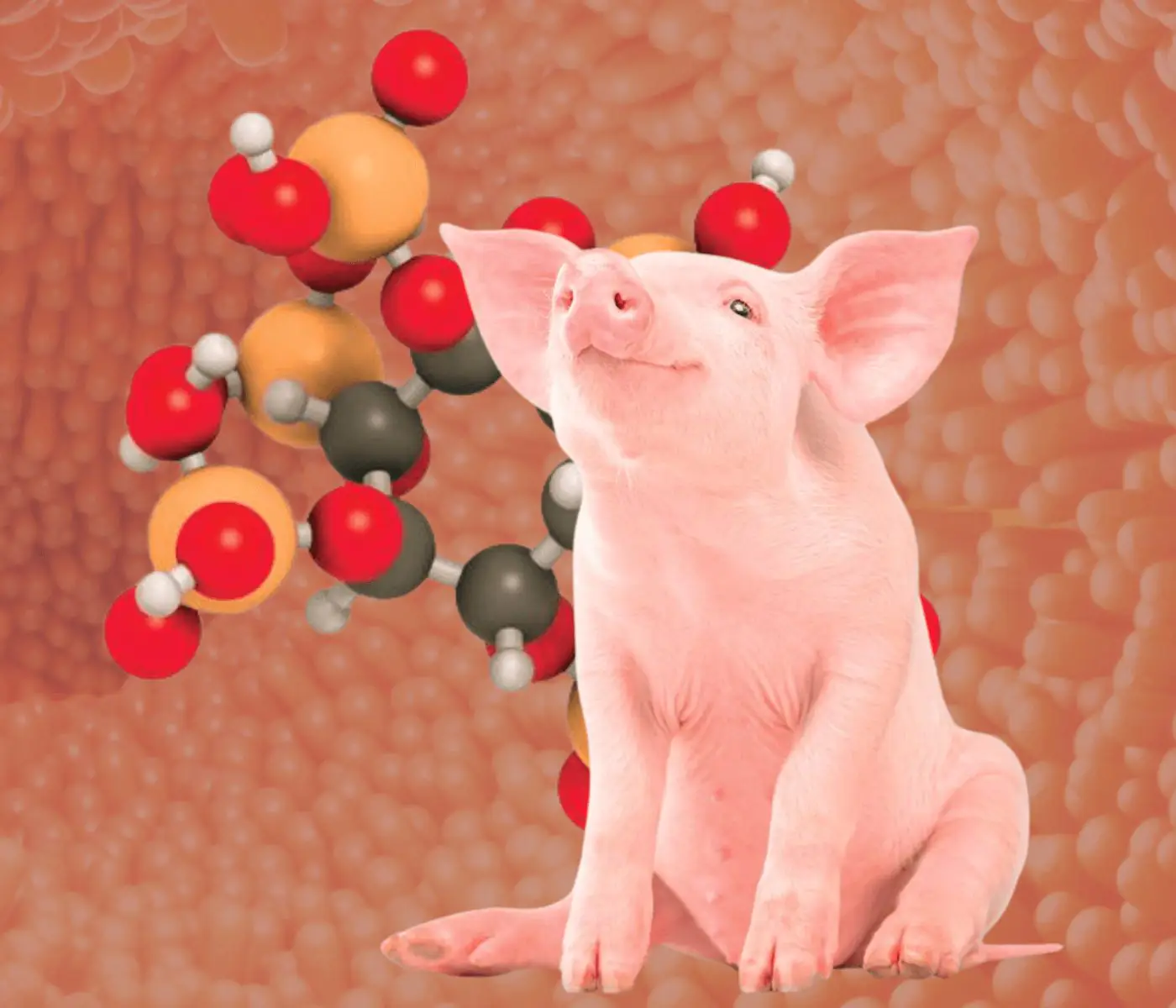
A day in the life of phosphorus in pigs: Part I
Rafael Duran Giménez-Rico
Use of enzymes in diets for ruminants
Braulio de la Calle Campos
Minerals and Hoof Health in the Pregnant Sow
Juan Gabriel Espino
Impact of Oxidized Fats on Swine Reproduction and Offspring
Maria Alejandra Perez Alvarado